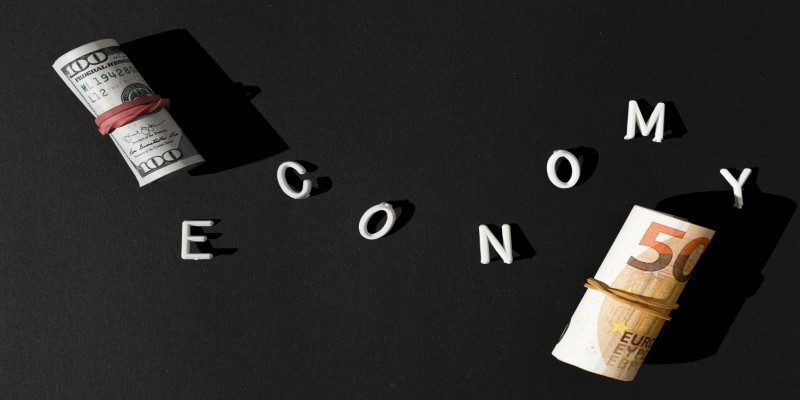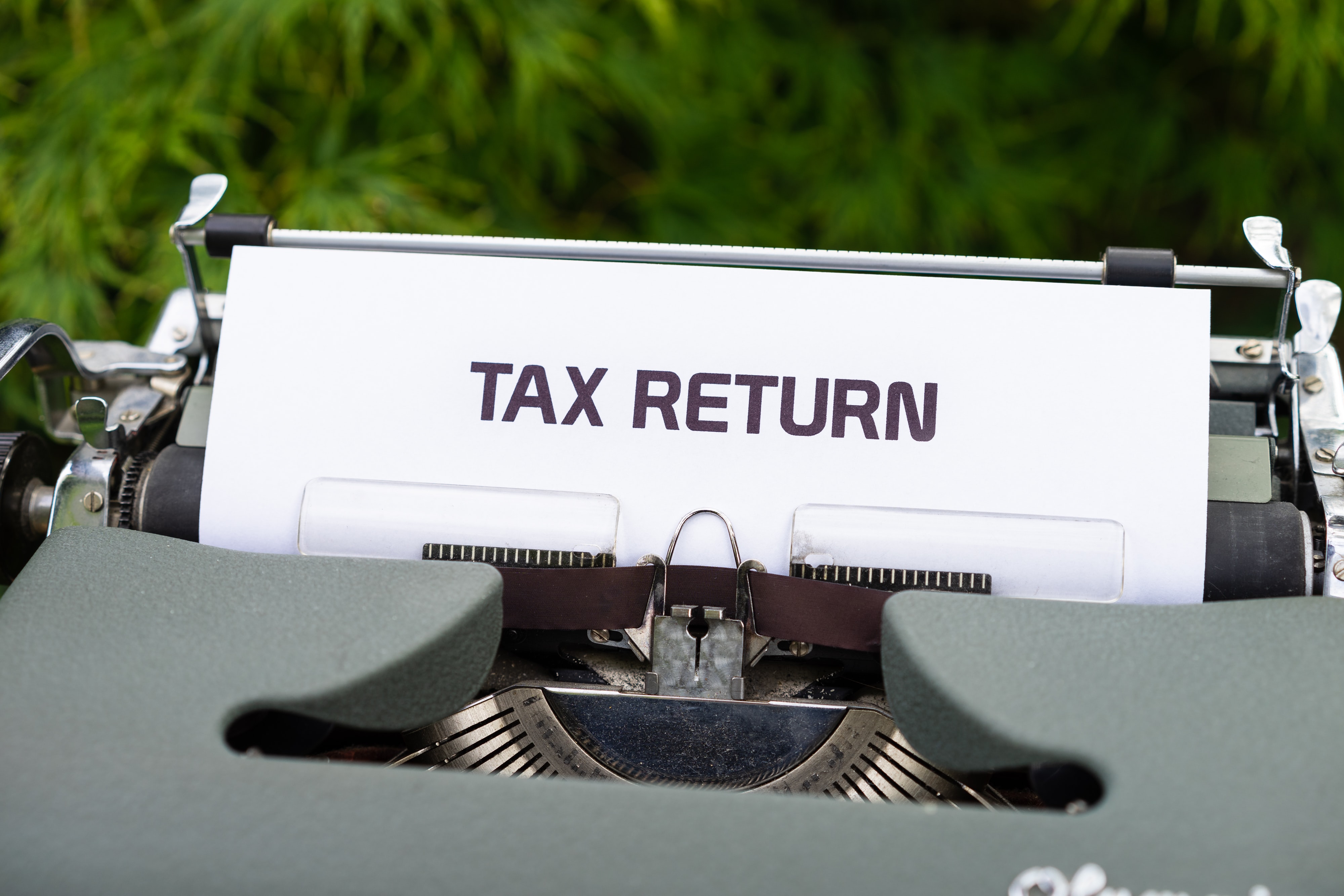What Is a Mixed Economy? Finding Balance in Economic Systems
Dec 05, 2023 By Triston Martin
In the grand tapestry of human society, fundamental questions arise when we contemplate how communities organize themselves. One such pivotal question revolves around the type of economy we desire. But before you conjure images of intricate graphs and imposing corporate meeting rooms, let's demystify this topic in simpler terms.
Today, we embark on a journey to unravel the essence of a mixed economy, likened to the Goldilocks of economic systems – it strikes a harmonious balance, avoiding extremes of being overly regulated or excessively laissez-faire.
In essence, a mixed economy is that "just right" solution, where the synergy between government oversight and private enterprise creates an economic environment conducive to prosperity and societal welfare.
What's All the Fuss About Economic Systems?
Before we delve into the specifics of a mixed economy, let's quickly touch upon the broader idea of economic systems. An economic system is like a recipe for how a country manages its resources, production, and distribution of goods and services. It's the set of rules and principles that govern the way money flows within a society.
Think of it this way: If a country were a giant kitchen, the economic system would be the recipe book guiding what ingredients to use, how to cook them, and who gets to eat the final dish. There are several recipes to choose from, and each has its unique flavor.
Now, let's get back to our star recipe, the mixed economy, and understand why it's gaining popularity on the global economic menu.
The Basics of a Mixed Economy
A mixed economy, a term you've likely encountered before, is a dynamic fusion of two pivotal components: government oversight and private enterprise. Picture it as a culinary collaboration with two chefs in the kitchen – one representing the government's interests and the other hailing from the private sector.

Together, they meticulously craft the economic recipe, seeking that elusive blend to serve up the ideal economic dish. This partnership ensures a balance between public and private interests, where the government and businesses cooperate harmoniously in the economic kitchen.
Government and Private Sector Cooperation
In a mixed economy, the government plays a significant role in regulating and overseeing various aspects of economic activity. This includes setting rules, collecting taxes, and providing essential services like healthcare, education, and infrastructure. These services are typically funded through taxes collected from citizens and businesses.
On the other side of the stove, you have the private sector, which consists of businesses and individuals. They have the freedom to start their enterprises, produce goods and services, and compete in the marketplace. Profit is the driving force here, and businesses aim to maximize it by meeting the demands of consumers.
Finding the Right Balance
The cornerstone of a prosperous mixed economy lies in the art of striking the perfect equilibrium between government intervention and private enterprise. Should the scales tip too far towards excessive government control, the result could be the suppression of innovation and hindrance to economic growth. Conversely, an overreliance on the private sector may lead to disparities in wealth distribution and the neglect of crucial public services.
Visualize a seesaw – when one end bears too much weight, the delicate equilibrium falters. Within the context of a mixed economy, it becomes imperative to maintain an even distribution of weight between both sides, the government and the private sector, ensuring a harmonious operation that benefits society at large.
Pros and Cons of a Mixed Economy

Now that we've got the basic recipe down let's take a closer look at the advantages and disadvantages of a mixed economy. Just like any dish, it has its strengths and weaknesses.
The Pros
Stability: One of the significant advantages of a mixed economy is stability. By having the government involved, it can step in during times of economic crisis to prevent catastrophic collapses.
Social Safety Nets: A mixed economy often includes social safety nets, like healthcare and unemployment benefits. This helps protect vulnerable citizens during tough times.
Innovation and Competition: Private businesses thrive in a mixed economy, fostering innovation and competition, which can lead to better products and services.
The Cons
Bureaucracy: With government involvement comes bureaucracy. This can sometimes lead to inefficiencies and red tape.
Inequality: While a mixed economy aims to reduce inequality, it doesn't always succeed. There can still be significant income disparities.
Regulatory Challenges: Balancing regulation can be tricky. Too much can stifle economic growth, while too little can lead to exploitation and harm to the environment.
Examples of Mixed Economies
Now that you understand the concept and the pros and cons let's look at some real-world examples of countries with mixed economies. Remember, no two mixed economies are the same – they're like different recipes with similar ingredients.
United States
The United States is often cited as a prime example of a mixed economy. It combines free-market capitalism with government intervention in various sectors such as healthcare, education, and welfare programs. This balance allows for economic growth and innovation while providing a safety net for its citizens.
Canada
Canada is another country with a mixed economy. It has a robust public healthcare system, but it also allows for a competitive private sector. This combination ensures that Canadians have access to essential services while still fostering economic competition.
Sweden
Sweden is known for its extensive social welfare programs, which are funded through high taxes. The government plays a significant role in the economy, but it also encourages entrepreneurship and innovation. Sweden's mixed economy aims to create a balance between social equality and economic growth.
Conclusion: Finding the Right Blend
In the grand culinary world of economic systems, a mixed economy stands out as a recipe that seeks to balance the flavors of government control and private enterprise. It's a delicate dance that aims to provide stability, social safety nets, and opportunities for innovation and competition.
However, like any recipe, the success of a mixed economy depends on how well it's executed. Finding the right blend of government intervention and private sector freedom is an ongoing challenge that requires constant adjustment and adaptation.








